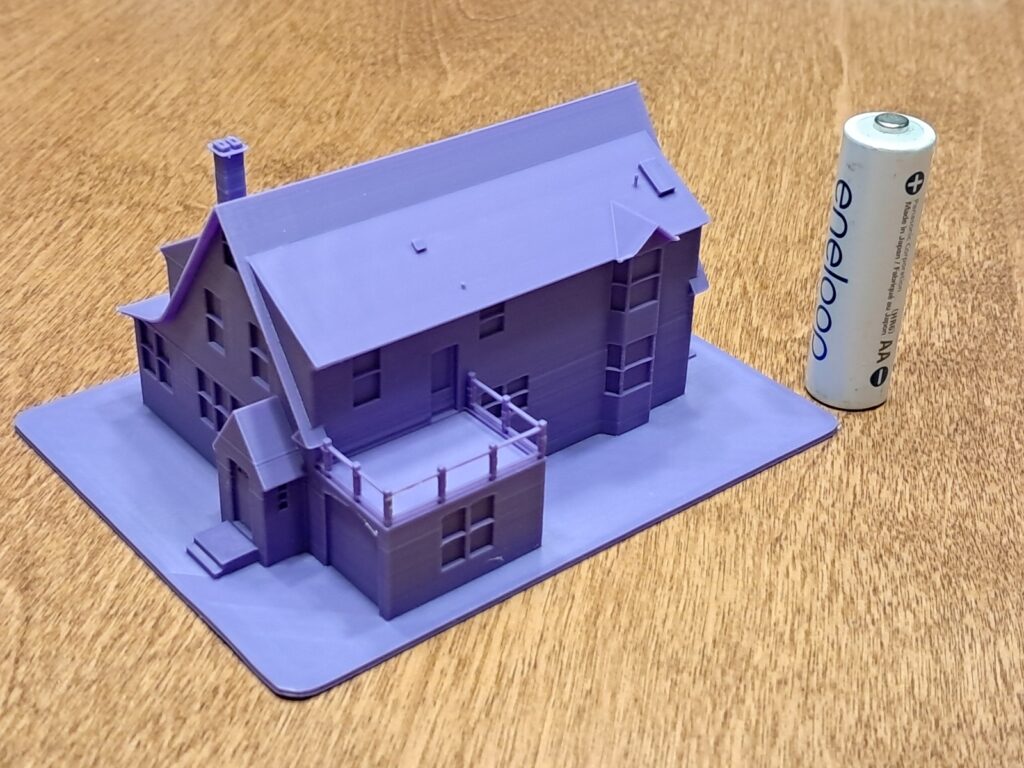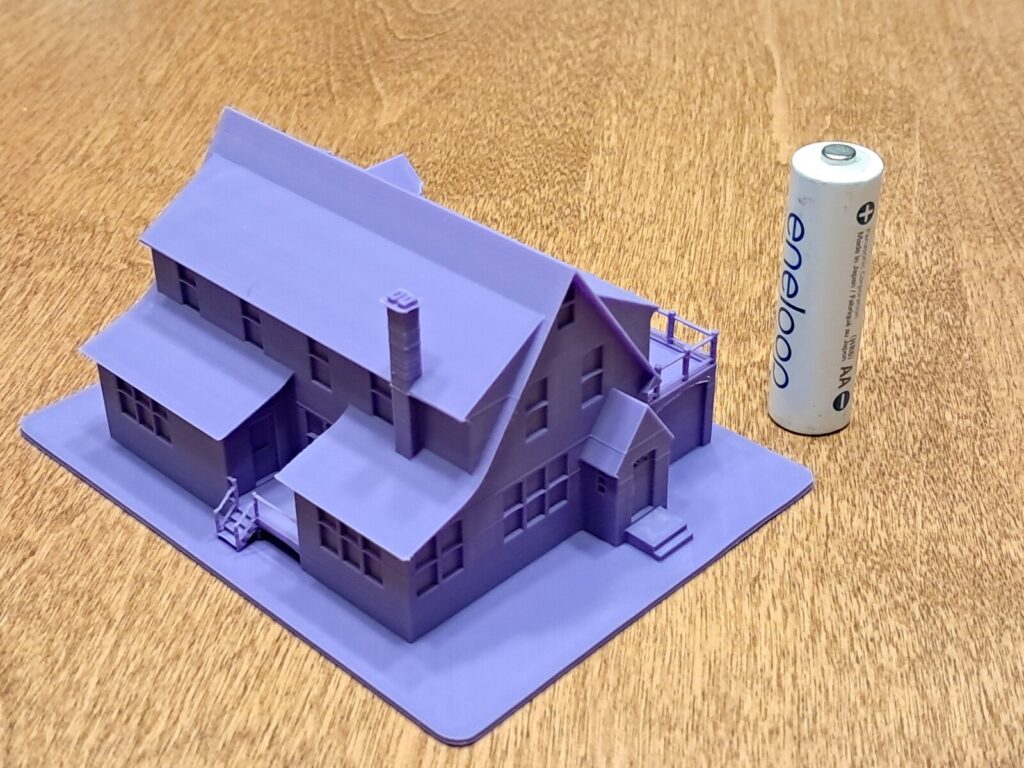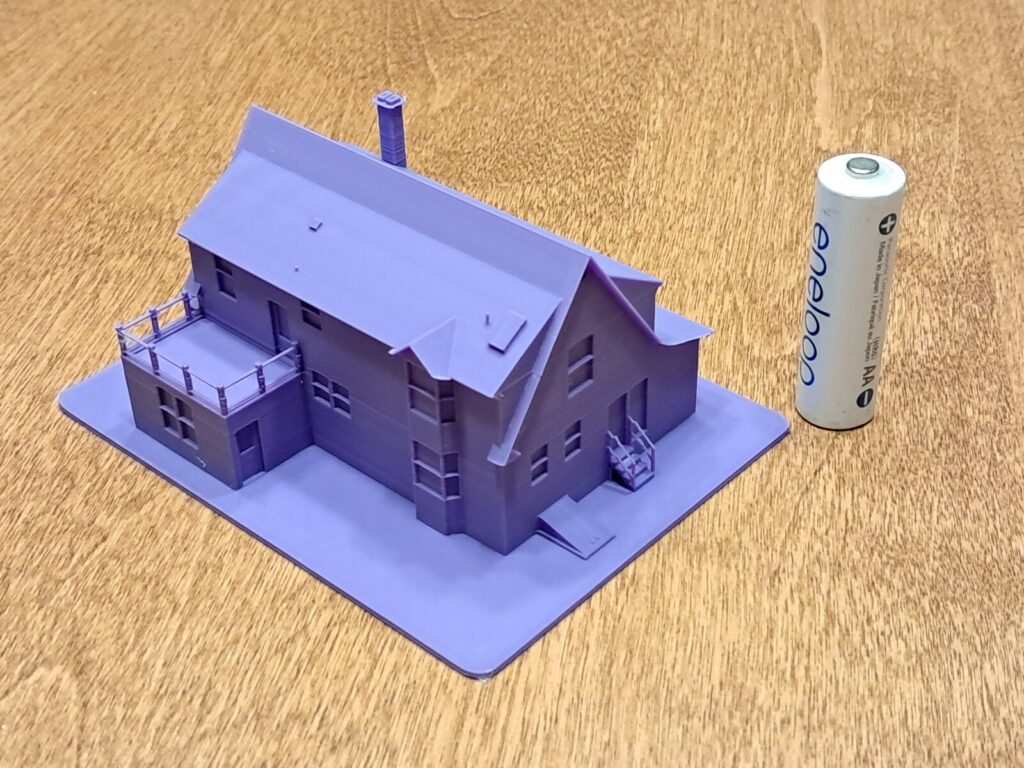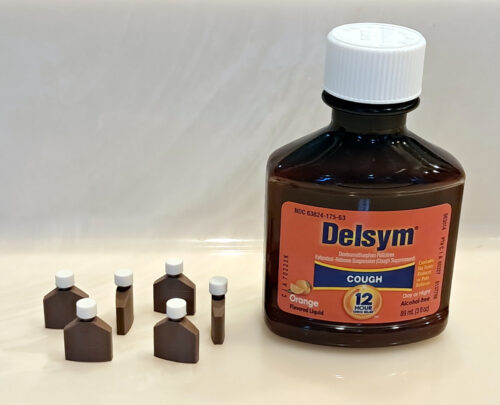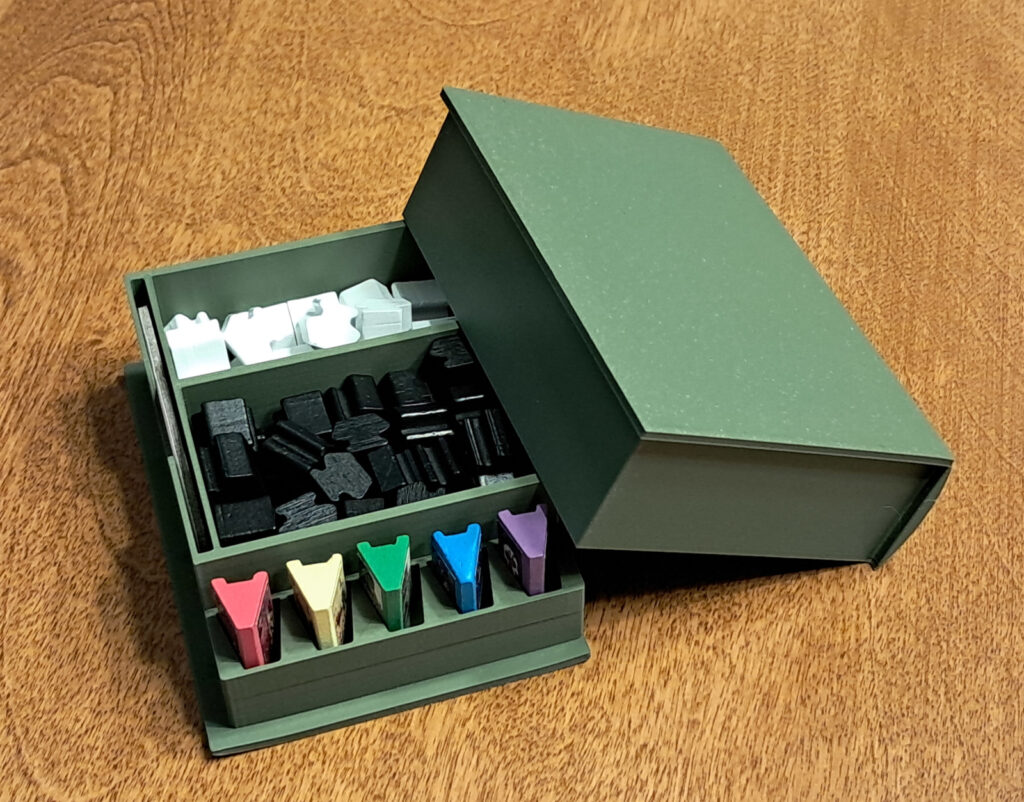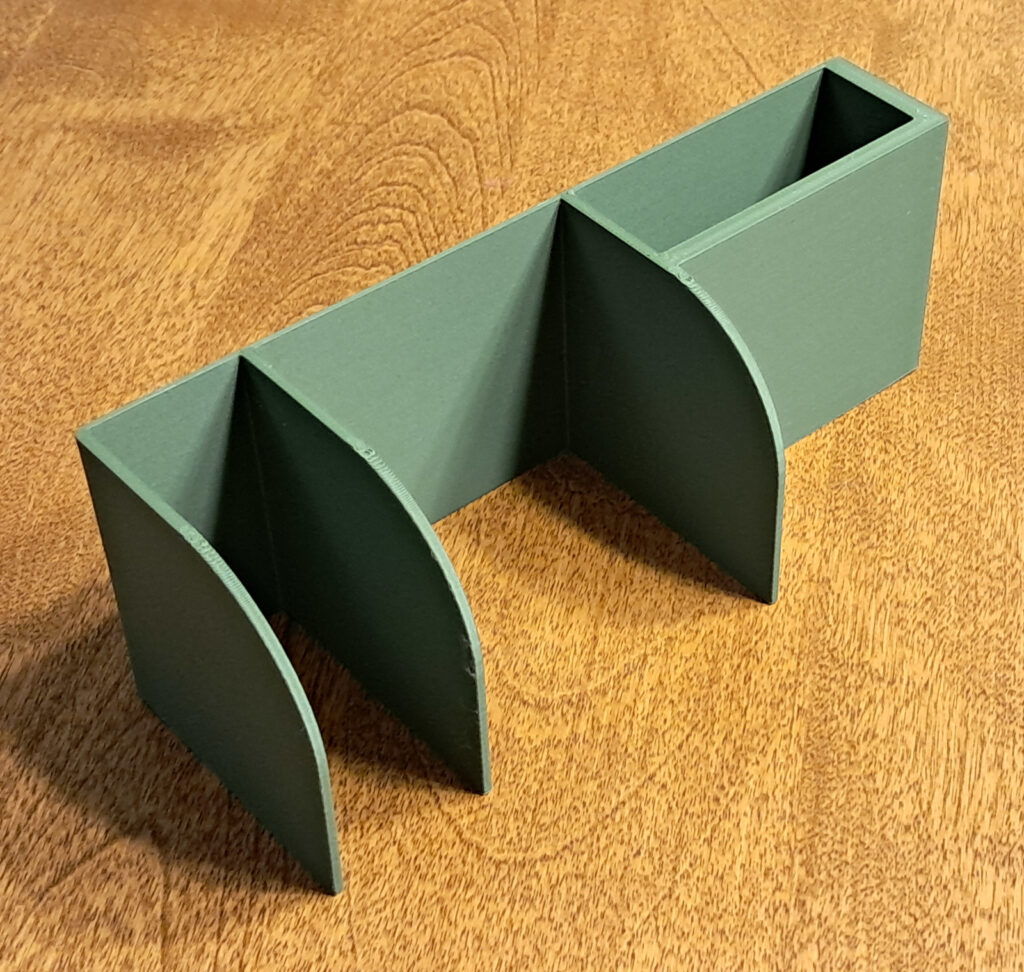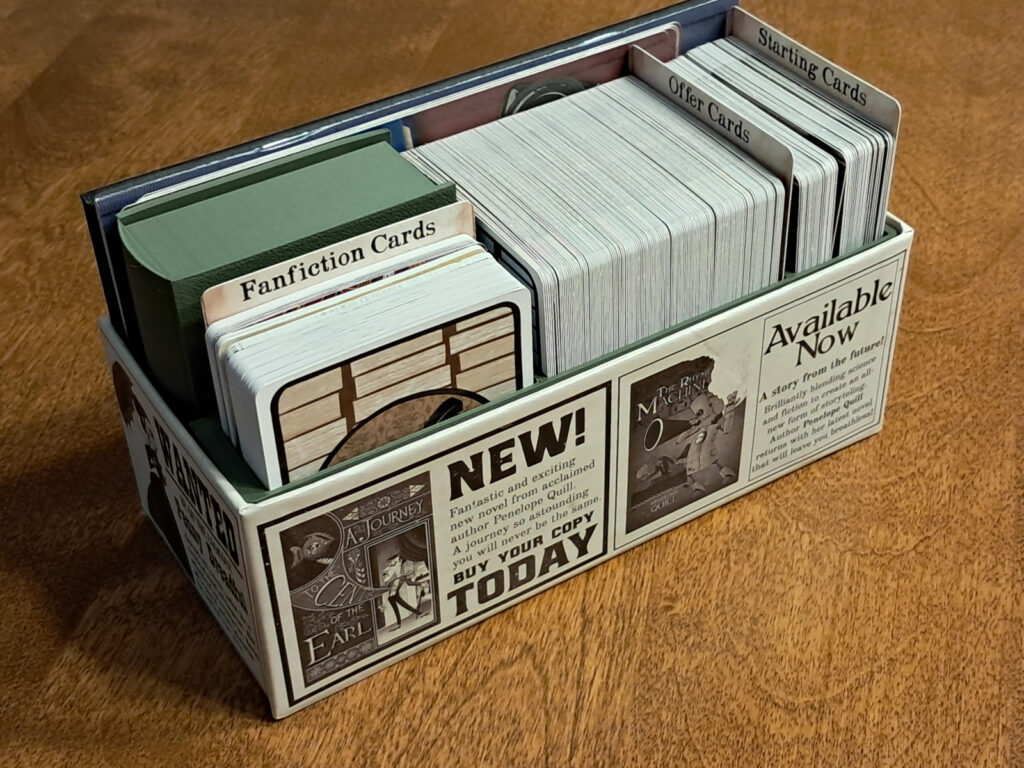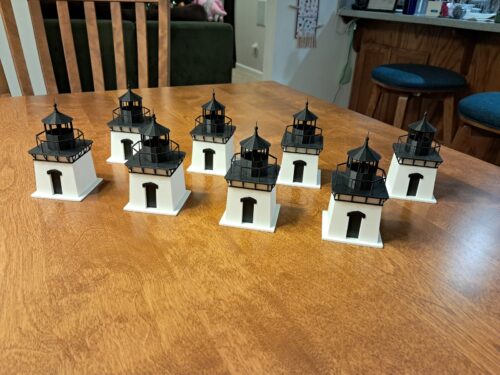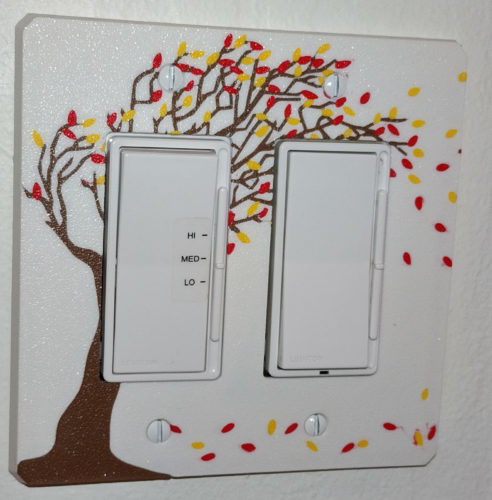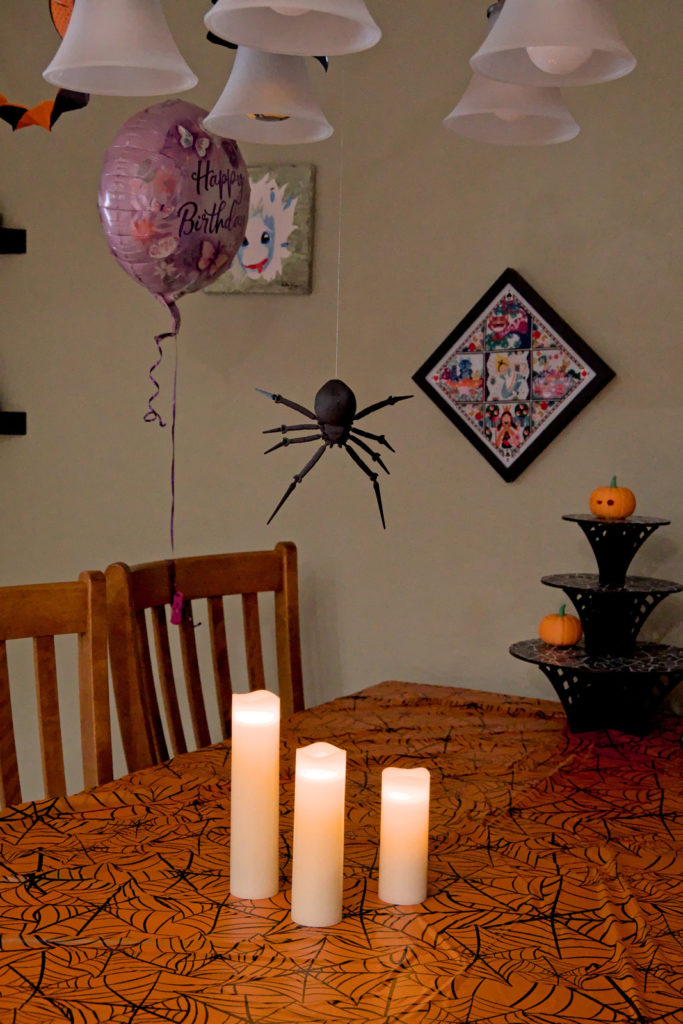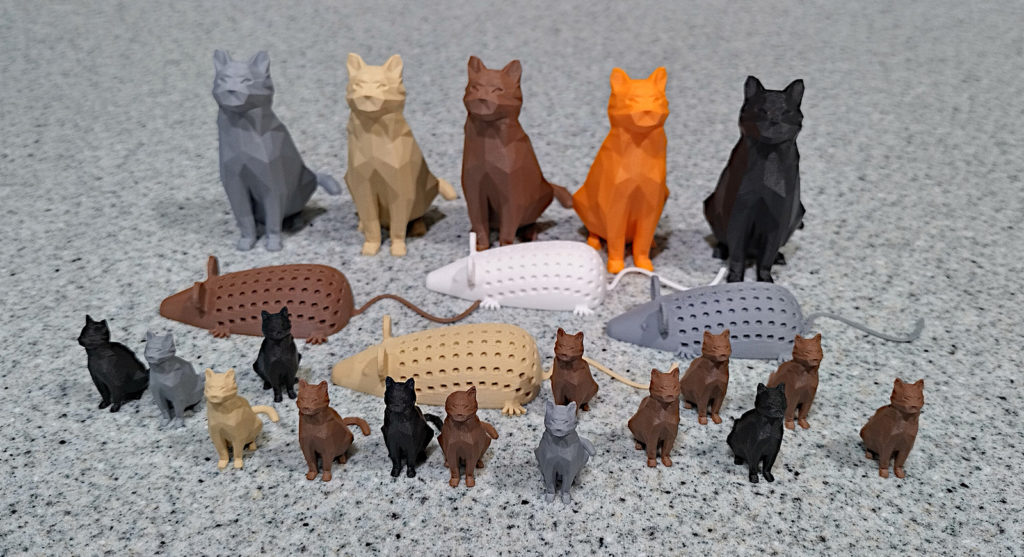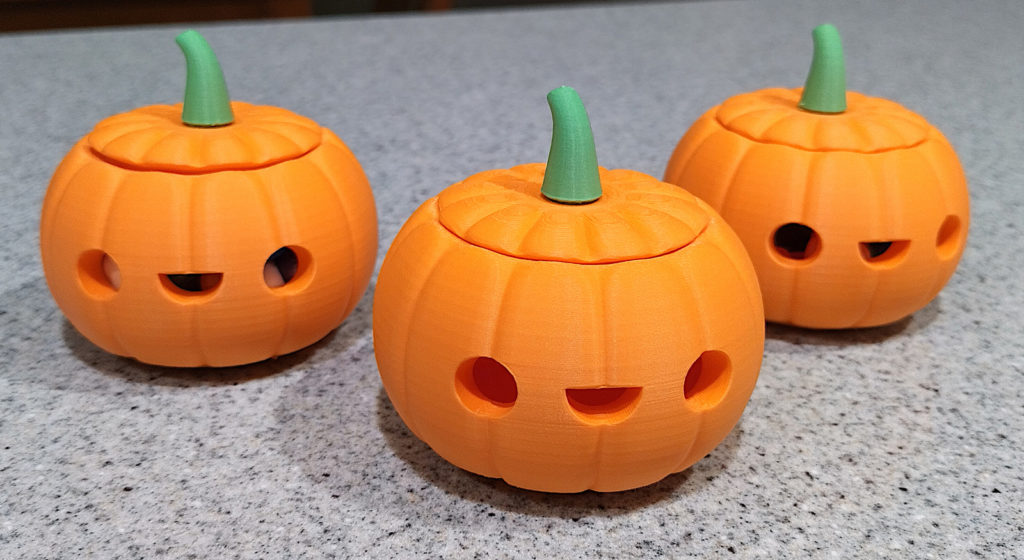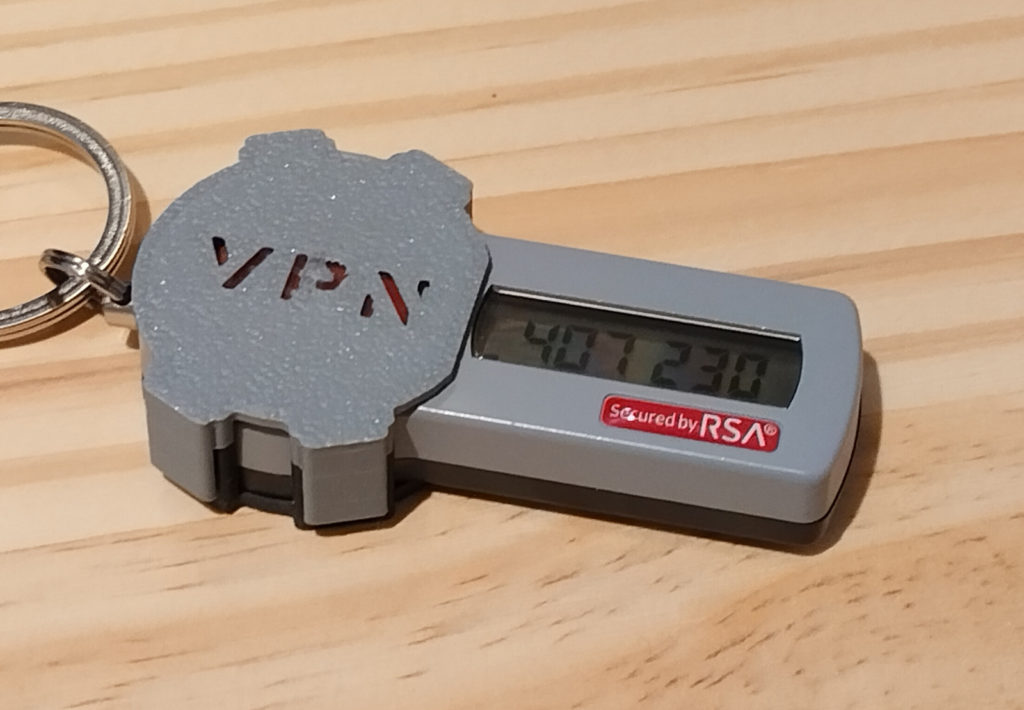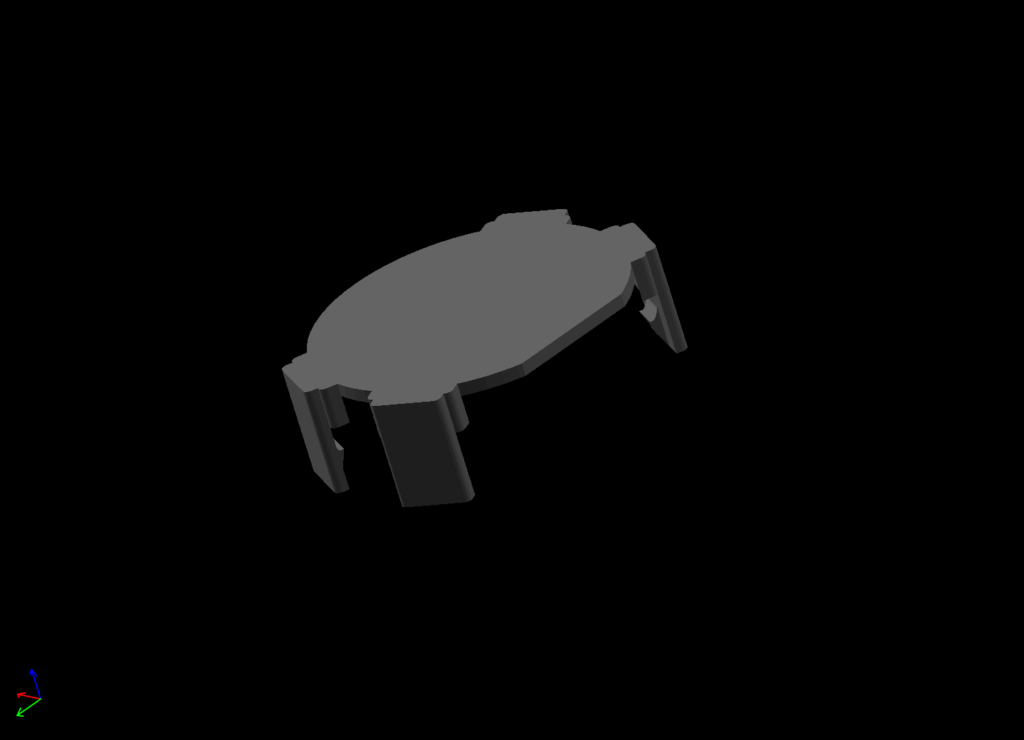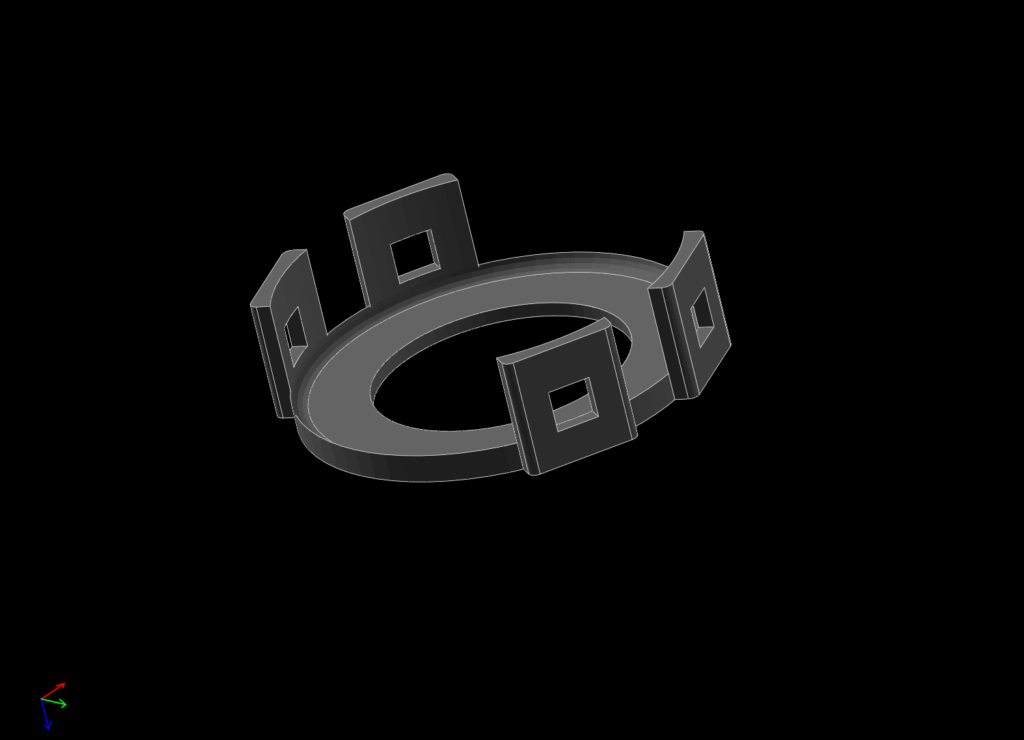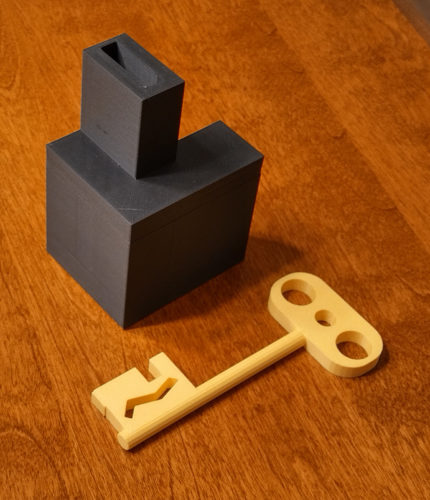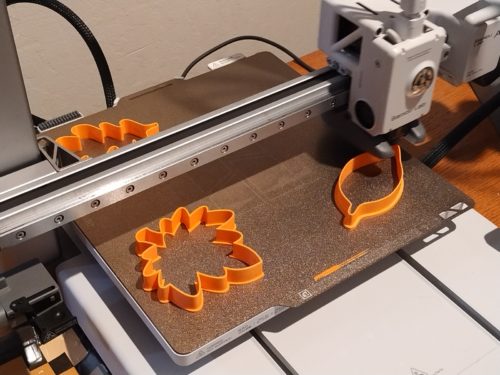After getting the 2 expansions for Heat: Pedal to the Metal I needed an organizer. As sold you can’t consolidate all the components into the original box. The box, however, does have plenty of room once you remove the original insert. My design criteria included that it needed to fit with no lid lift and in such a way that turning the box sideways or upside down wouldn’t make a mess.
I found one existing organizer design, but didn’t like it and decided to make my own. After many hours of designing, tweaking, redesigning, poking, and prodding I completed it. I’m pretty happy with it.
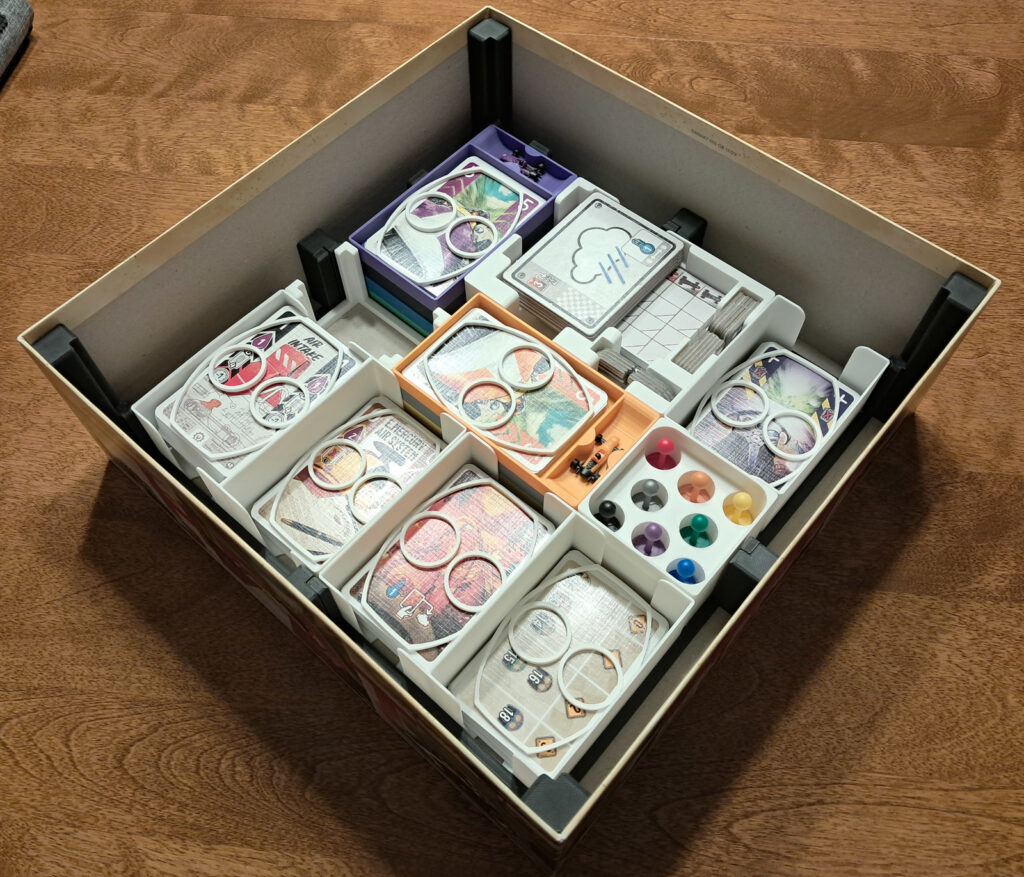
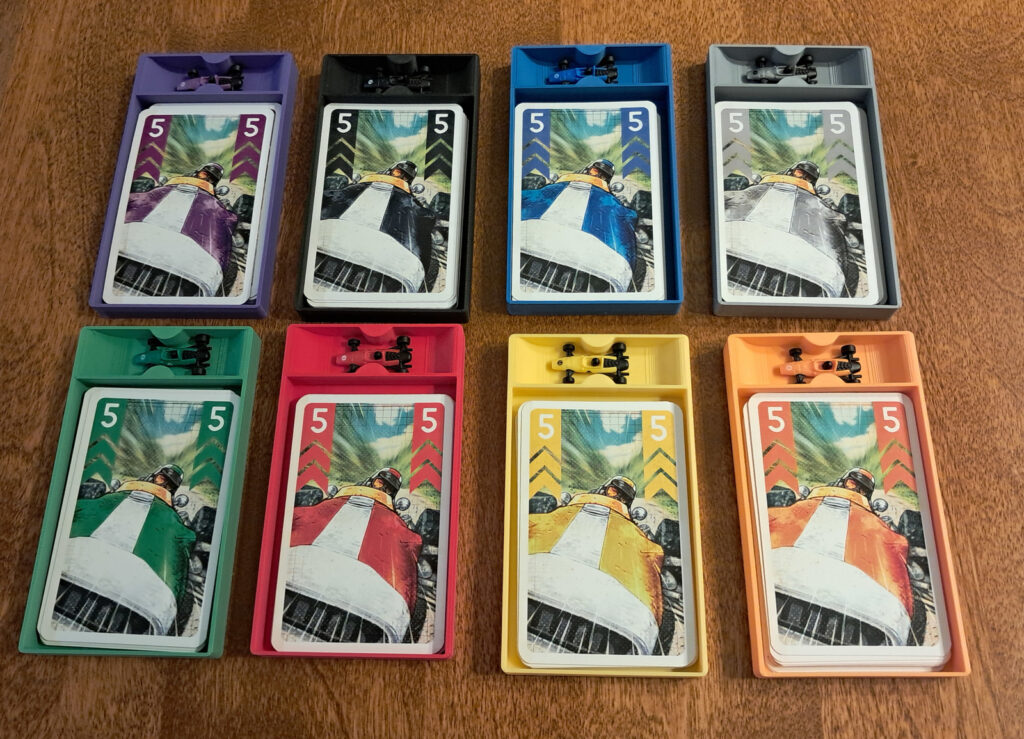
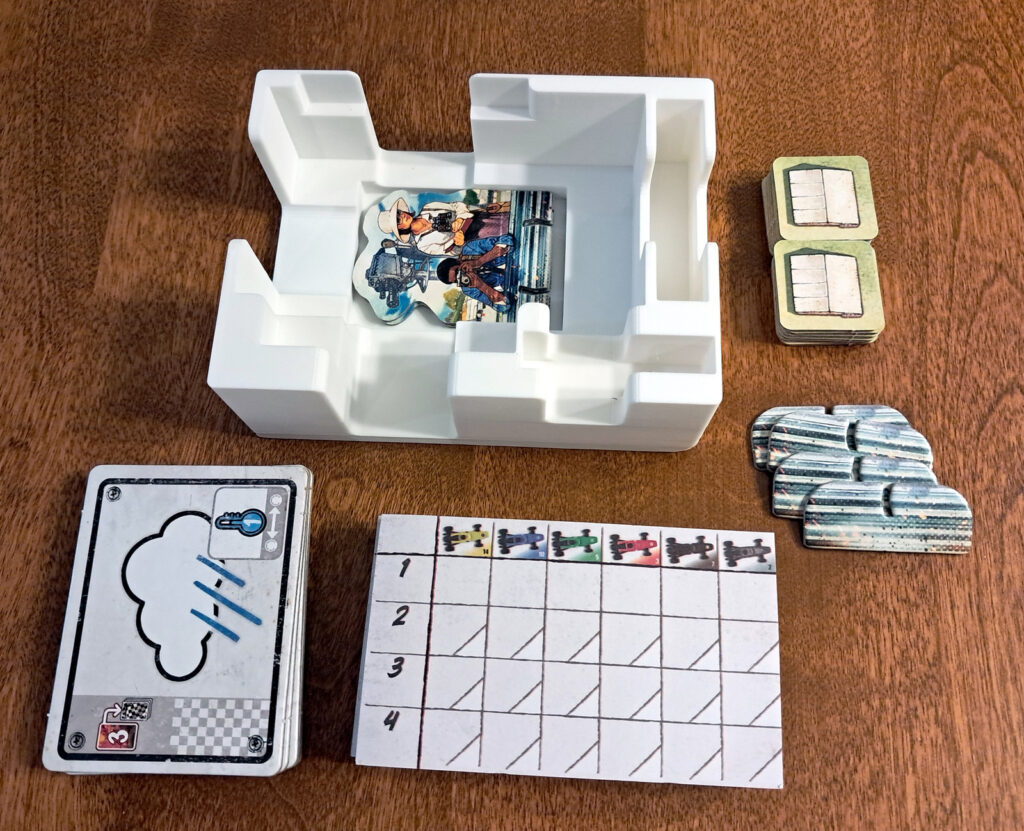
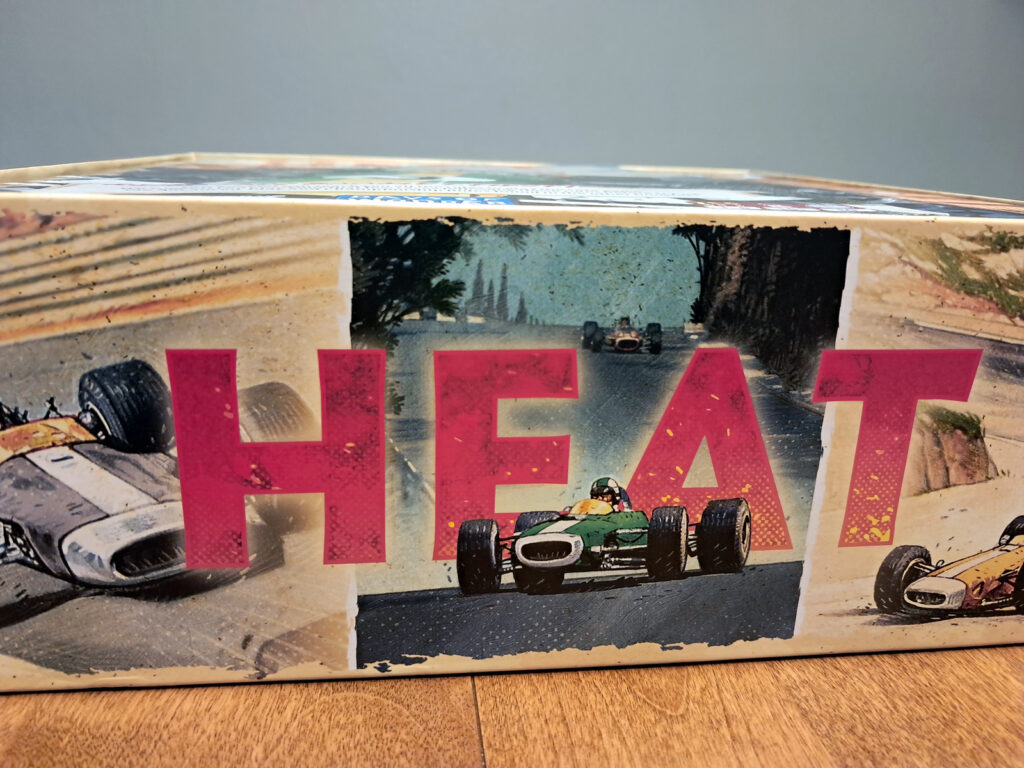
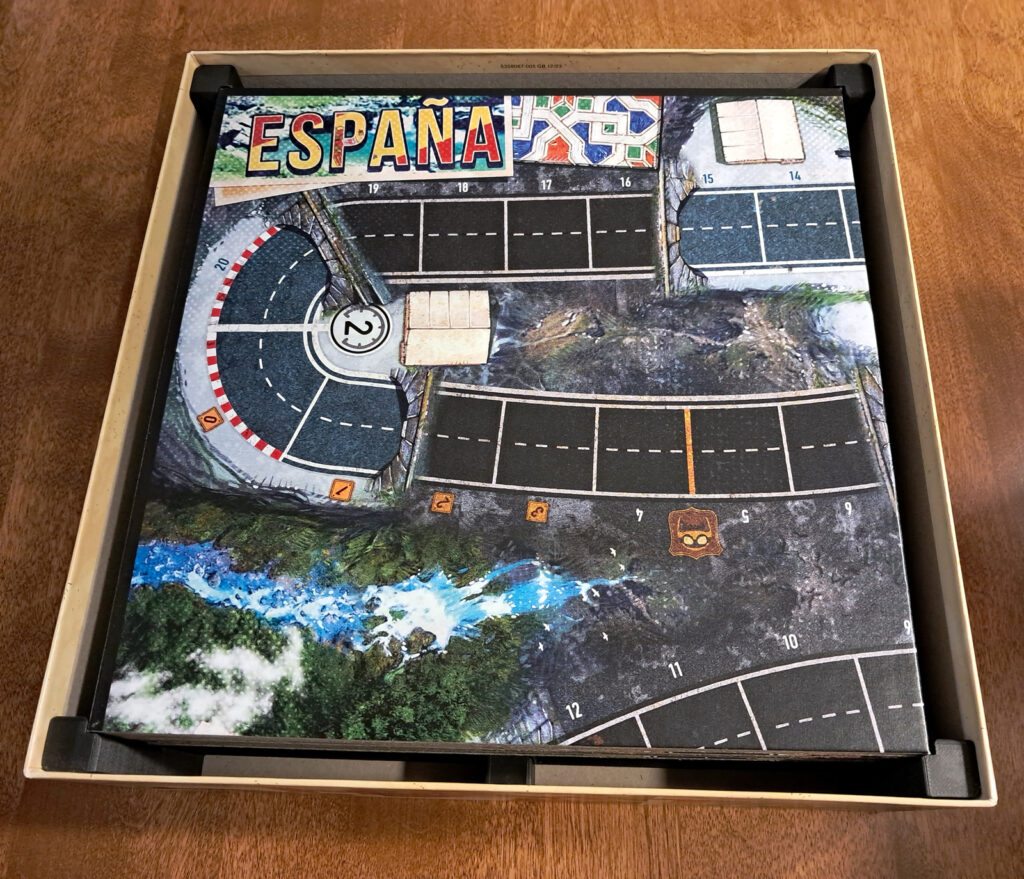
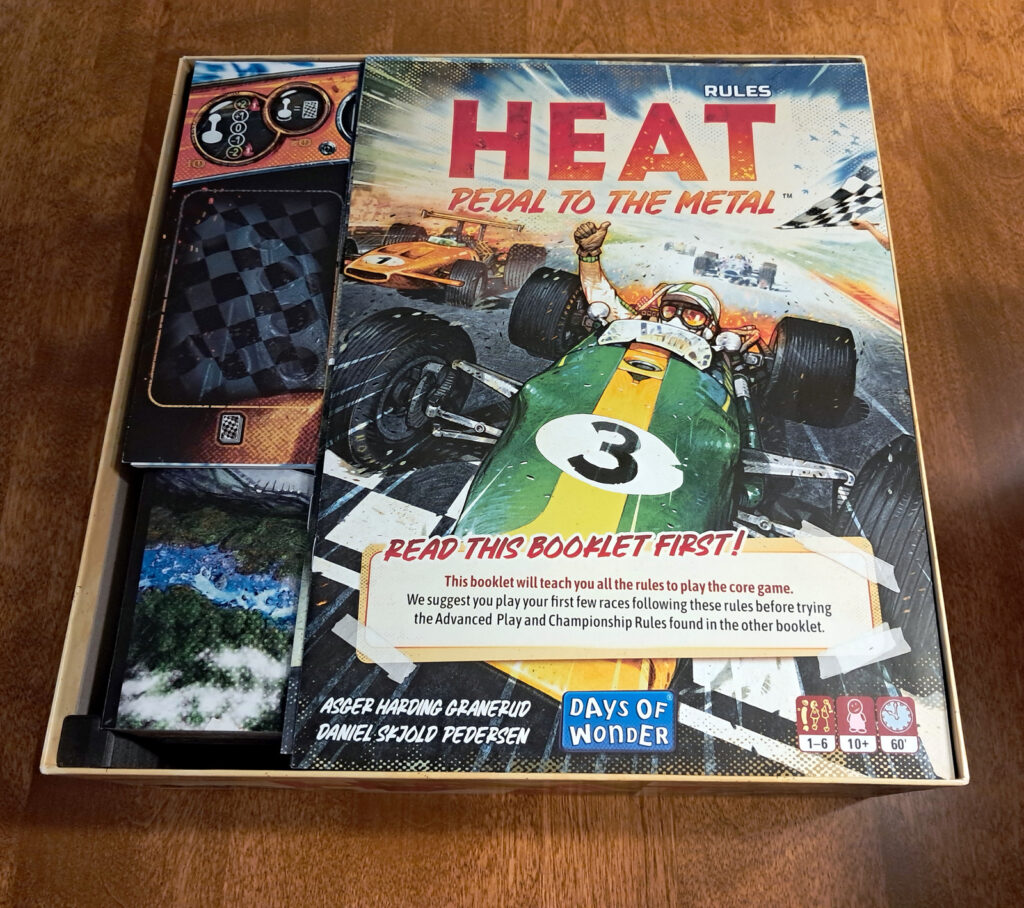
It’s available on MakerWorld: https://makerworld.com/en/models/1586245-heat-pedal-to-the-metal-expansions-no-lid-lift#profileId-1669993
Or get it directly from here:
I also finally completed, in preparation for the upcoming family reunion, the model of the Dickerson family house in Cromwell. I had been working on it last autumn, needed some details about the porch over the old garage, got them in the winter, and then couldn’t decide what to do with the model. To print it big enough for the smallest details to come out was going to require it be something like 11″ in the longest dimension. Too big. But also, it was going to need a lot of supports due to the roof overhangs and that was going to be a pain.
I finally decided to drop the finest details and modify the overhangs to be printable by adding subtle arches underneath them or removing sections that simply couldn’t be printed without supports. I then printed one for my parents and for each sibling and gave them out at the family reunion.
And only now as I’m writing this do I realize I never took pictures of all the printed houses! Lame. So here are some pictures of my prototype printed in purple. The final ones were printed in blue on a green base with some minor tweaks to improve issues I found in the prototype. I’m been considering printing one for myself in grey and painting it, but haven’t made up my mind yet.
